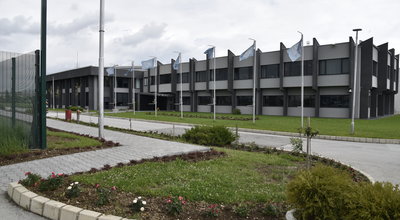The Gorani are one of the most threatened national communities in Europe. Most of them live in the Mt Šar Planina region in southeastern Kosovo, i.e. in the Gora region, but some live in Albania and FYROM as well. Before 1999, there were 20,000 Gorani in Gora and today there are half as many. One of the rare occasions when one speaks of the position of the Gorani population is May 6, St George’s Day, which the Gorani celebrate as their national holiday.
For decades, these autochthonous people in Kosovo have resisted assimilation and have been exposed to pressure, leading a very difficult life. Since 1999, they have been deprived of numerous rights and have been under the constant pressure. There have always been many migrant workers among the Gorani, but, since 1999, the entire families have been leaving. This constitutes a threat to an autochthonous ethnic group at the start of the 21st century, before the very eyes of the international community, one of the Gorani representatives, Zećir Zurapi, says. Young people are leaving and the old and the weak remain.
Towards the end of the 20th century, the Gorani constituted an absolute majority in Gora municipality, which does not exist in the Kosovo system. In today’s Kosovo municipality of Dragaš, which includes Gora, there are also ethnic Albanian villages, which have been added, so ethnic Albanians are in the majority.
Nuhija Tairovci, one of the Gorani political representatives and a candidate to the position of the municipal vice-president, says that the Gorani have not been adequately represented in the local authorities and that, with an election system like this, a Gorani cannot become the president of the municipality in a hundred years. He says that participation is local power is essential as many everyday issues are thereby resolved. The Gorani population is getting older and the number of doctors or medical workers is low, he says.
The number of employed people keeps dropping – seven years ago, 40% were employed and today less than 30%. In the past seven years, we have lost 14 workers and no one has been employed at their position meanwhile. Some ten new workers have been employed in the Municipality recently, but no one is from Gora, says Nuhija.
For the Gorani, St George’s Day is the most joyous one. For years, however, there have been fewer and fewer reasons to rejoice as the Gorani population has been declining.












